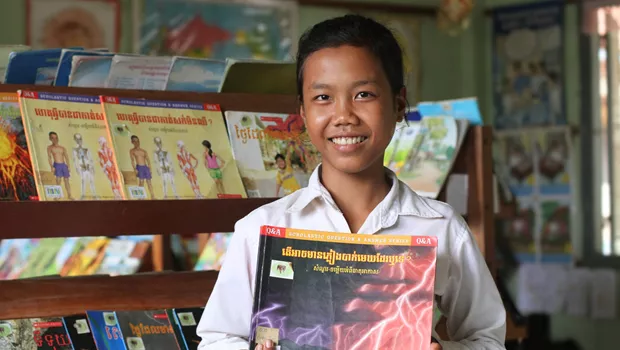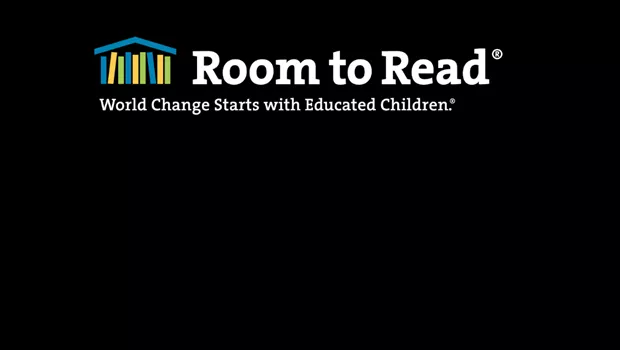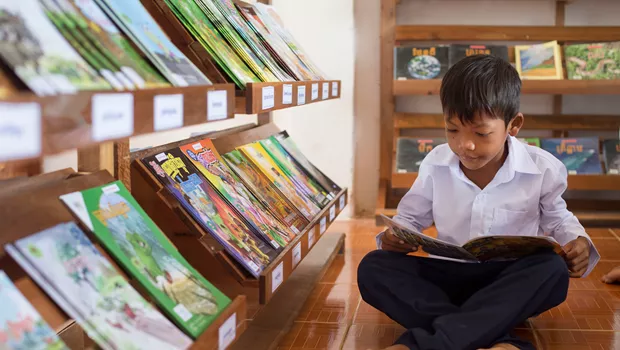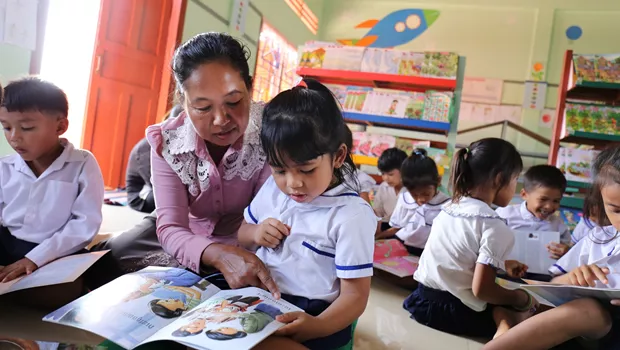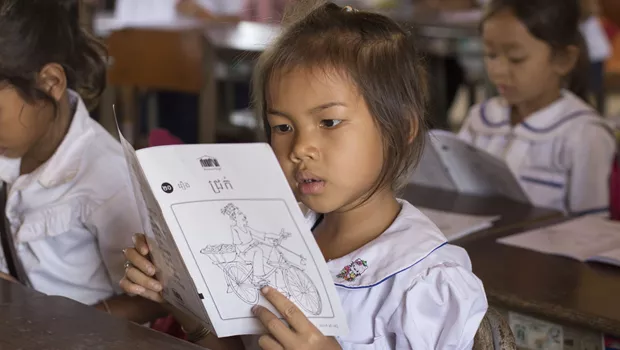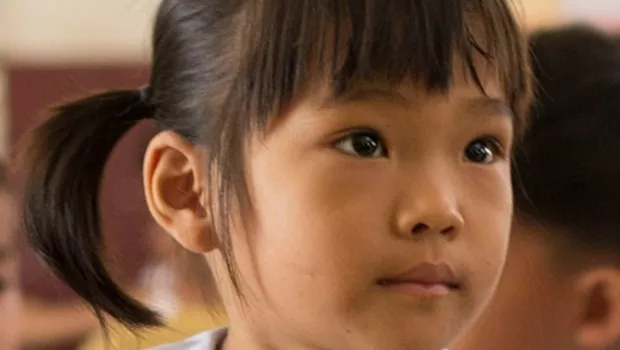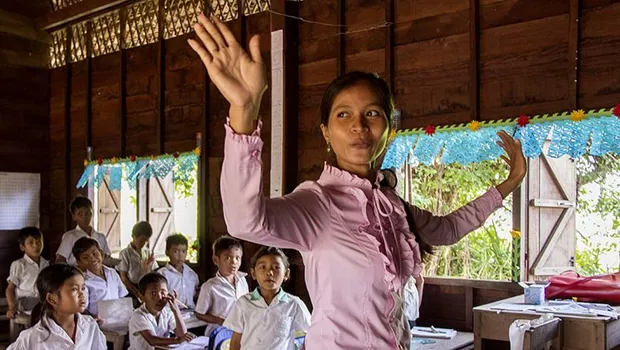The Art of Learning to Read: How A Little Frog Named Chek-Chek May Have Changed a Girl’s Future
January 09, 2015
 “What is the use of a book without pictures?” wonders Alice in Lewis Carroll’s classic novel, Alice’s Adventures in Wonderland. What do you think of when you remember learning to read? If you’re anything like me, your memories of falling in love with reading are inextricably linked to the beautiful pictures in some of your first books. Even as I progressed to the “chapter books” that had larger sections of text interspersed with pictures, I still recall sneakily flipping ahead through the pages until I saw the next illustration that would tease me into quickly reading the pages in between to try to get to the part of the story depicted.
“What is the use of a book without pictures?” wonders Alice in Lewis Carroll’s classic novel, Alice’s Adventures in Wonderland. What do you think of when you remember learning to read? If you’re anything like me, your memories of falling in love with reading are inextricably linked to the beautiful pictures in some of your first books. Even as I progressed to the “chapter books” that had larger sections of text interspersed with pictures, I still recall sneakily flipping ahead through the pages until I saw the next illustration that would tease me into quickly reading the pages in between to try to get to the part of the story depicted.
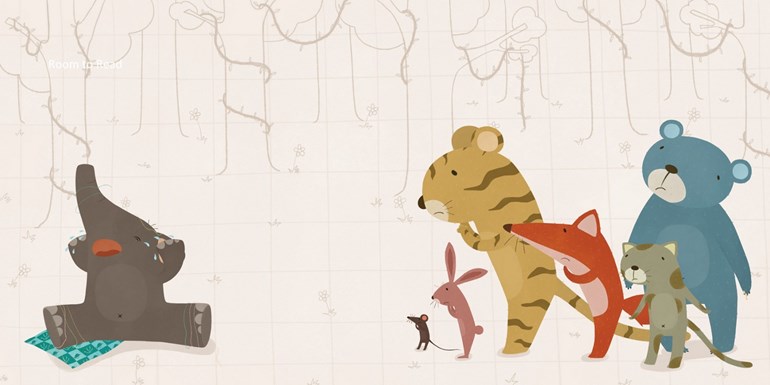
Picture books are all at once enchanting, beautiful, and entertaining, but they are also something much more than that. They are a serious part of the business of learning to read and think and wonder.
Long before you learn to read the words on the page, you must learn to “read the illustrations.” Learning to follow a story through the pages is the first step in learning to read, even before you know any letters in the alphabet. Connecting “visual literacy” with “text literacy” helps children connect meanings and concepts to words for fuller and deeper comprehension.
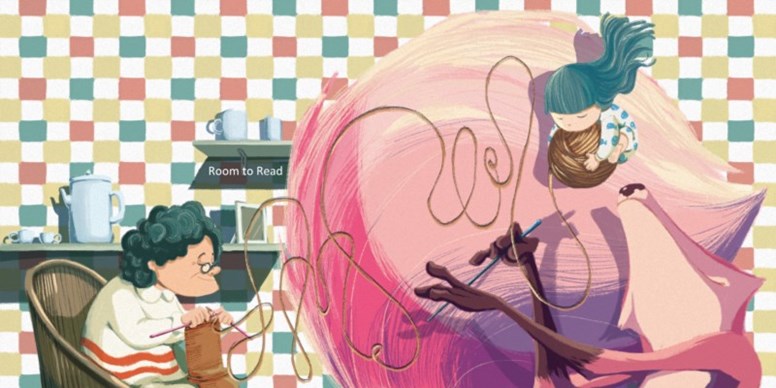
Picture books are also the beginning of learning to observe and form ideas about the way the words of the story are connected to the expressions and actions in the illustrations. This can also help children learn to make sense of the emotions they are feeling from the story as well.
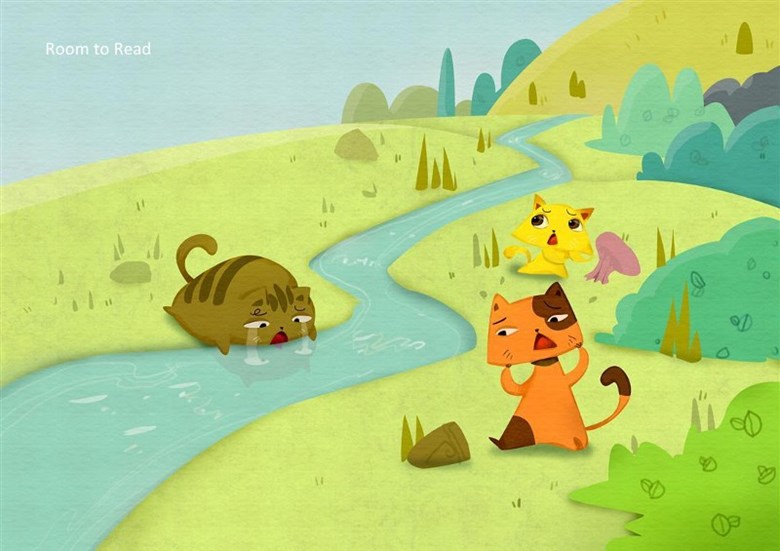
When a child can connect to the story in a more meaningful way, they are more compelled to work through the challenge of decoding the words and putting them together. The more time they will spend in the books the more they will develop their reading fluency. Without strong reading fluency, children often struggle to keep up with other subjects as well that will increasingly depend upon reading skills for learning. But it doesn’t have to go this way.
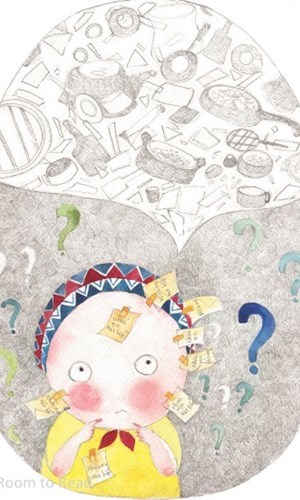
Take, for example, the story of Chin, a young student in Cambodia who was so discouraged by her reading skills that she wanted to drop out in just the fourth grade. “This time last year I could not read the textbook because it was difficult for me to understand the text. I sometimes wanted to drop out from school to just help my mother’s work,” she recalls.
Fortunately, Room to Read established a library at her school the very next year. The library was filled with beautiful books that were organized by reading level so that the librarian could help guide children towards books that fit their reading level and let them build their confidence. Chin started with picture books.
"I remember my first reading book was Chek-Chek Wants to Get Married, and I began with just reading the pretty pictures then slowly decoding it until I started reading the words faster and faster."
Within just 7 months after the library was established, Chin was reading the books at level 6 — the highest level in library. “I have already finished those easy reading books and now I enjoy the higher level books,” says Chin proudly. Moreover, she checks out at least 3 books to take home with her every day to continue improving.
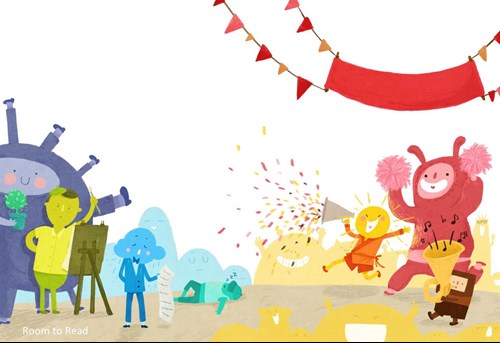
Chin doesn’t want to drop out of school anymore. In fact, she’s become so enthusiastic about her newly-found love for reading that she wants to share it by becoming a teacher one day. She’s already started practicing by supporting the early grade readers at her school in her free time.
And quite possibly all because of a beautiful picture of a little frog named Chek Chek that inspired her to keep reading.
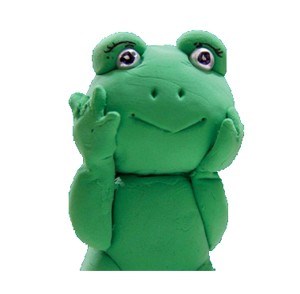
Learn more about our Literacy Program and our work in Cambodia.

